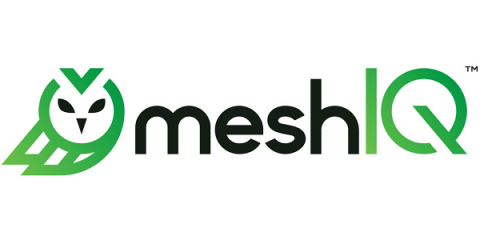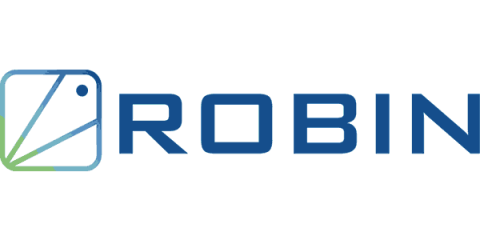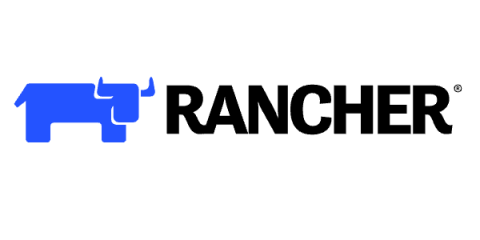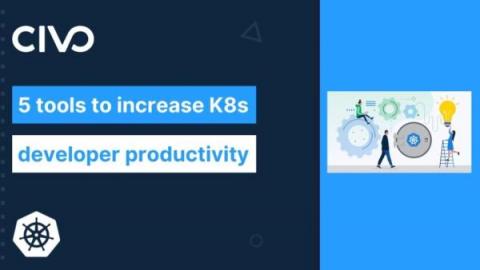Pacific Textiles drives digital transformation with new infrastructure for legacy and cloud-native applications
March 1st, 2022 — Canonical announces that Pacific Textiles chose Canonical Charmed OpenStack for its infrastructure upgrade. The new private cloud environment allows keeping the legacy workloads running continuously and launching new cloud-native services simultaneously. The professional services team from Canonical helped Pacific Textiles during this migration, from making architectural choices to launching the live cloud.











